Find out how dairy- and meat-free lines can beef up your offer
1. Demand for dairy-alternatives remains strong as economy falters
2. Two thirds of Brits now eat dairy-free and for most it is a lifestyle choice
3. 43% of consumers are eating less meat to save money
4. Half of Brits eat meat-substitutes
5. The number of households purchasing dairy-free spreads has hit an all-time high
6. Punters are gobbling up gelatine-free and vegan sweets

1. Demand for dairy-alternatives remains strong as economy falters
Times are tough. Finding the right products for the right price has become paramount for many shoppers as the cost-of-living crisis continues to bite. Citations of price from shoppers asked about key considerations when deciding what to put in their baskets have risen by 7% year-on-year (Lumina Intelligence).
“With inflation continuing to climb, and with the cost of everything from buying groceries to heating our homes rising, consumers are once again becoming much more conscious when managing their grocery spend,” says Allison Wallentin, category & shopper marketing manager at Cathedral City brand owner Saputo Dairy.
Given that dairy alternatives typically carry a significant premium over standard lines – in the past, some plant-based milk alternatives, for example, have sold for around three times the price per litre of standard milk – you might expect shoppers to be cutting down or switching back to the stuff that comes from cows.
But that’s not happening, says Liam Cross, store manager at Thaxters Spar, in Dersingham, just outside King’s Lynn, Norfolk. “We haven’t seen a lot of change when it comes to dairy alternatives because some people buy them for health reasons and it has become such a well-established trend now,” says Liam.
“We sell a lot of the Alpro milk alternatives – soya, almond and coconut, that kind of thing – and, although it is quite expensive, people still seem happy to pay the price for it. We are in quite an affluent area, so I suppose that does help. But I think this is a trend that will continue to do well.”
Retailers share this view in other parts of the country. “Dairy-free is still something that our customers are prepared to pay for,” says Sophie Williams, who runs Premier Broadway Convenience Store in Oxgangs, Edinburgh. “Because the price of (dairy) milk has come up so much, there is only about 40p difference for two pints of dairy or dairy-free. We’ve not seen a decline.”

2. Two thirds of Brits now eat dairy-free and for most it is a lifestyle choice
Liam and Sophie are right to be positive about the category’s outlook. Kantar’s analysis of dairy-free take home sales puts the category in 4.9% growth YOY to £923.5m on volumes that have dipped by just 0.8%. That’s a strong performance, given that the previous year’s figures were elevated by the impact of Covid-19.
“The category continues to grow ahead of grocery but single digit growth in the latest year is a marked slowdown from the past five years’ exponential growth,” says Kantar. “The category now reaches two thirds of the population despite the fact that only a quarter of the population have a dietary requirement that necessitates the purchase.”
This means that buying dairy-free is a lifestyle choice for more shoppers than it is a choice made out of medical need. According to Ben Mckechnie, MD of healthy snacks wholesaler Epicurium, there’s a wide range of motivations for switching to free-from. “Our focus is on understanding and tapping into current trends and the lifestyle our consumers are aspiring to,” he says.
“We offer a differentiated range that ticks many of those key must-haves for the modern shopper looking for something better. The brands we choose and recommend appeal to the ethical and environmental aspirations of our customers, as well as their nutritional requirements.”
A January survey from dairy-free chocolate brand Nomo found that two thirds (63%) of consumers deciding to cut out dairy and meat did so to be healthier, whilst nearly a third (30%) gave it a go after seeing the ranges of vegan alternatives on the market.
The study was commissioned by NOMO to mark the launch of ‘Flexi-Feb’, a month-long campaign to encourage Brits to adopt vegan substitutes to help satisfy cravings to cut back on meat and dairy.
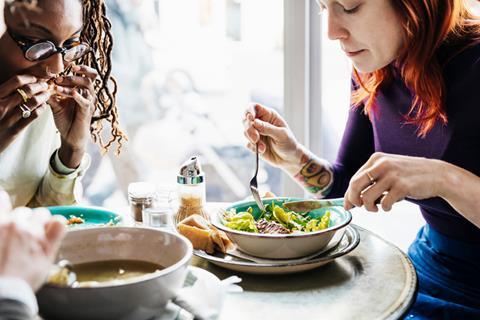
3. 43% of consumers are eating less meat to save money
Environmental considerations have long been a reason for eating less meat and dairy. According to an influential 2018 study, beef, lamb and dairy products have a greater environmental impact than other foods [Poore & Nemecek] and, research carried out by Mintel in January shows that 41% of consumers cite this as their reason for eating less meat.
But that’s changing. Significantly more (47%) said they were eating less meat for environmental reasons in 2021. Growing numbers now say they are doing so to save money. In 2021, 27% of consumers said they thought eating less meat “is a good way to save money” but in 2022 that number had risen to 43%.
“Public awareness of the role that meat and dairy play in the climate crisis accelerated between 2018 and 2021, contributing to the popular perception that eating less meat is beneficial to the environment,” says Mintel senior food & drink analyst Alice Pilkington. “This overtook weight management and saving money as the previously top perceived benefits of eating less meat.”
With the cost-of-living crisis biting hard, concerns about climate change have taken a back seat, suggests Pilkington. “In 2022, the perception of environmental benefits of reduced meat eating took a knockback, reflecting how sustainability more broadly has been deprioritised for some amidst current pressures on household budgets,” she says.
This is prompting some to consider changes to their shopping lists, she adds: “The cost-of-living crisis presents an opportunity for inherently vegan products, such as chickpeas and lentils, which can pad out meat-based meals or replace meat to make recipes more affordable.”
Up in Edinburgh, this is already happening. “We are seeing growing demand for canned vegetables under the Euroshopper and Jack’s own label ranges as people look to make savings,” explains Sophie. “We are also seeing people switch from more expensive brands like Heinz to save money.”
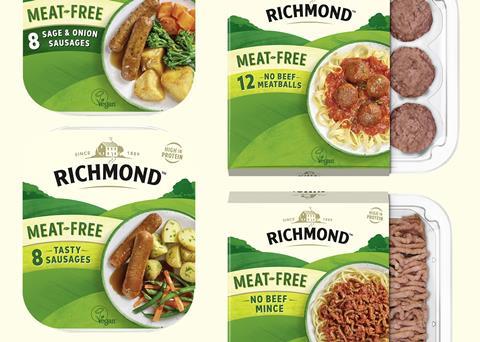
4. Half of Brits eat meat-substitutes
Not all meat-free options are cheaper, of course. Take plant-based meat substitutes, which often sell for more than the meat products they replicate. According to Mintel, this presents a significant barrier for further category growth, with 52% of meat-eaters saying they would buy more of these products if they were cheaper than meat.
“Whilst those reducing meat consumption due to financial considerations present an opportunity for meat substitute brands to grow their audience, cost will be a significant barrier for many who would otherwise be open to them,” says Pilkington, who points out that currently 49% of consumer eat meat-substitutes with 26% eating them weekly.
Some meat-substitute brands are continuing to woo shoppers in convenience, however. Liam says that sales of Richmond’s meat-free range is currently going from strength to strength with his shoppers. “People seem to be moving away from stuff like the frozen Quorn lines to the chilled meat-free bacon and sausages from Richmond,” he says.
“We stock these products with the salads in the chillers and people are prepared to pay a bit more for it (than the frozen products) because they taste so much like meat. We certainly haven’t seen any decline in sales.”
Richmond invested £1.1m in a new 360-degree marketing campaign earlier this year to drive awareness and trial of its Meat-Free range. The campaign challenges consumers who may not be convinced that meat-free products can deliver on taste, telling them “Relax, it’s Richmond”.

5. The number of households purchasing dairy-free spreads has hit an all-time high
The appetite for dairy free spreads is ”at an all-time high”, according to Vitalite brand owner Saputo Dairy UK, which claims they are purchased by over 24% of UK households, up 11% from 2021 (Kantar). The category is valued at £97m, a growth of 58% in the 52 weeks to 30 October 2022 (ibid) and Vitalite is now worth £15m, having seen revenue growth of 18% in the last year (IRI).
Vitalite’s new ‘Shine Bright’ positioning focuses on all-round holistic health and wellbeing, recognising the links between physical and mental health and how eating well is an important part of this.
Saputo is now tipping plant-based cheese to be the next big thing in dairy-free.
”Plant-based alternatives to cheese are now worth £44.5m (IRI) and bought by 8% of UK households [Kantar],” says Neil Stewart, head of marketing for Cathedral City at Saputo Dairy. Its increasing popularity means this category [plant-based cheese] should be a key focus for retailers.
“Since its launch in September 2022, Cathedral City Plant-Based – which is available in block, sliced and grated formats – has gone down a storm with consumers who have hailed the range as a game changer for non-dairy alternatives due to its taste, texture and meltability. The range has seen strong sales performance with consumers going out of their way to get their hands on the products.”
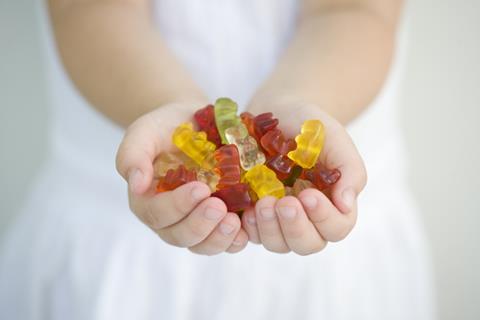
6. Punters are gobbling up gelatine-free and vegan sweets
Another growth area is gelatine-free and vegan confectionery. In January, Spar expanded its range of own-label sweets with the launch of five new lines, including Giant Strawberries, which are vegan and vegetarian-friendly, and in the same month Nestle relaunched its KitKat Vegan line.
“Two or three years ago we just used to have one or two token vegan and vegetarian sweets lines but that has grown massively in recent years,” says Liam in King’s Lynn. “The Spar own-label lines are selling particularly well, as are products like Fruit Pastilles, which went vegan a few years ago. I think people feel much more included now and it has become much more mainstream.”



















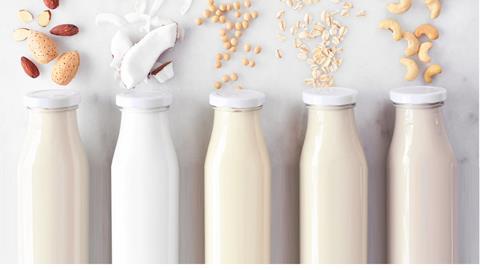

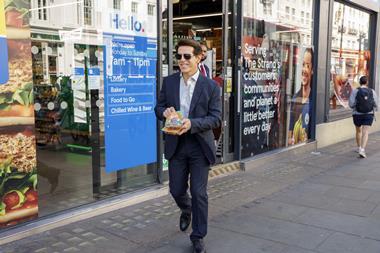
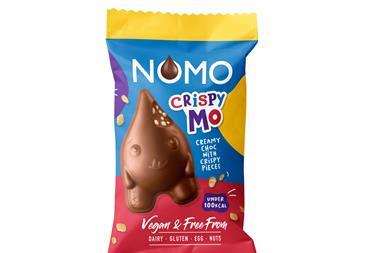
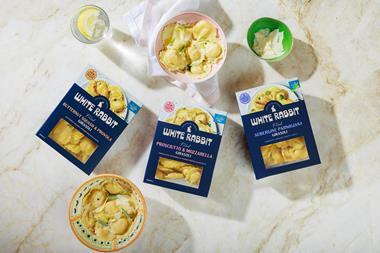
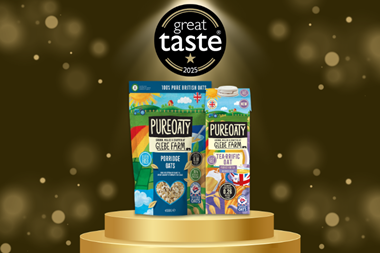
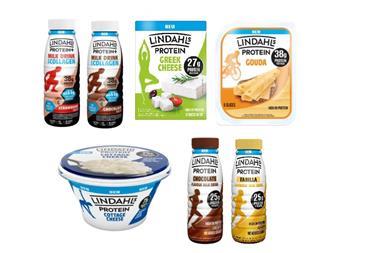






No comments yet